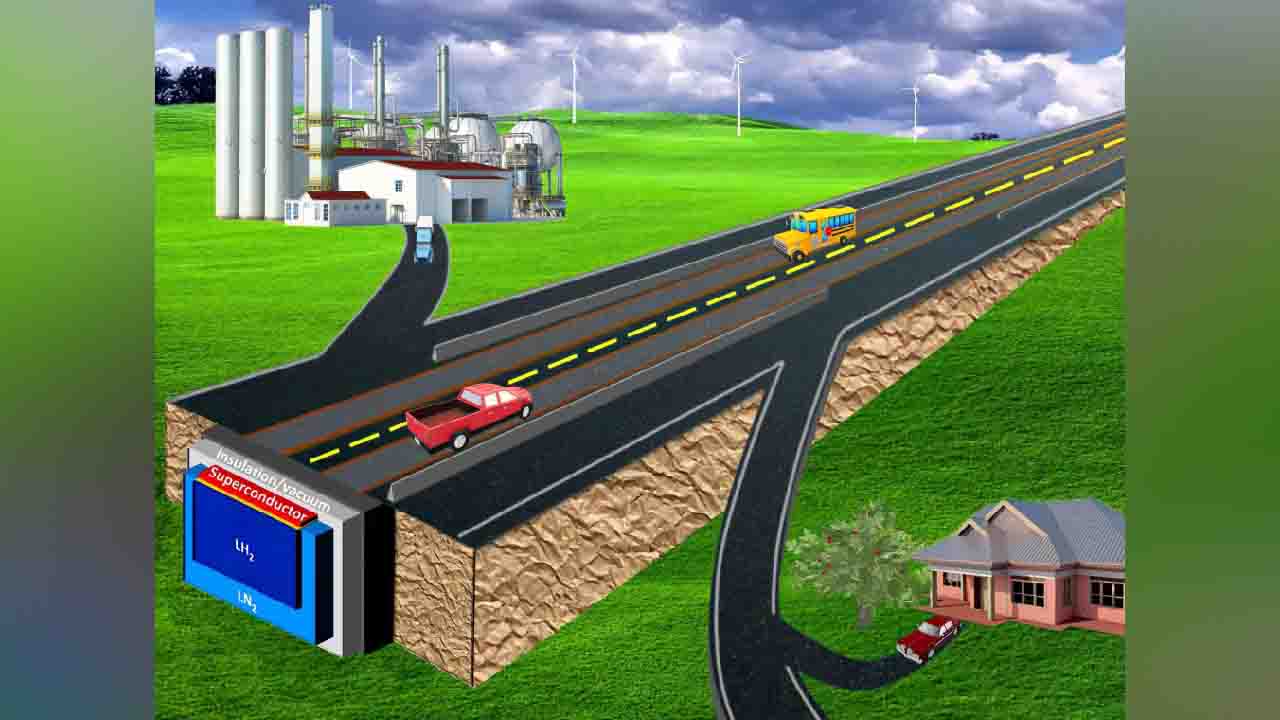(Commonwealth) _ The world today is facing enormous challenges in the energy and transportation sectors. One of the key issues is the need for more efficient and sustainable systems that can help reduce greenhouse gas emissions and dependence on non-renewable sources of energy. The development of superconductors provides a promising solution to these challenges, paving the way for an integrated transportation and energy system. This article explores the potential applications of superconductors in transportation and energy and how they can be used to create a more sustainable future.
Superconductors are materials that can conduct electricity with zero resistance at very low temperatures, typically below -200°C. At these temperatures, electrons can move freely through the material without any hindrance, resulting in the absence of any energy loss due to resistance. This property makes superconductors highly efficient at transmitting electricity, which can be beneficial for energy transmission and storage.
Transportation is one of the most significant contributors to greenhouse gas emissions, accounting for approximately 23% of global carbon dioxide emissions. Superconductors offer a promising solution to reducing the carbon footprint of transportation. One of the most promising applications of superconductors in transportation is in the development of Maglev (magnetic levitation) trains. Maglev trains use magnetic fields to levitate and propel the train forward, eliminating the need for wheels and tracks. This technology has the potential to revolutionize transportation by providing faster and more efficient means of travel while significantly reducing carbon emissions.
Critical elements in the development of Maglev trains are superconducting materials. They are employed in the creation of superconducting magnets that produce the necessary magnetic fields for train propulsion. These magnets are highly efficient and can generate magnetic fields that are much stronger than traditional magnets, resulting in faster acceleration and higher speeds. Superconductors also have the potential to revolutionize the electric vehicle (EV) industry. EVs are becoming increasingly popular as a means of reducing carbon emissions from transportation. However, their limited range and long charging times are still significant barriers to widespread adoption.
Superconducting materials can be used to develop more efficient batteries and charging systems for EVs. Superconducting materials can be used in the development of supercapacitors that can store and release energy quickly, resulting in faster charging times and longer ranges. This technology can help eliminate the range anxiety associated with EVs and make them a more viable alternative to traditional gasoline-powered vehicles.
By permitting more effective energy transmission and storage, superconductors have the potential to completely transform the energy industry. They can be used in various applications, including: Superconductors can be used to develop more efficient power grids that can transmit electricity over long distances with minimal energy loss. Superconducting materials can be used in the development of high-temperature superconducting cables that can transmit large amounts of electricity with zero resistance. This technology can help reduce energy loss during transmission, resulting in more efficient and cost-effective energy transmission.
Superconductors can also be used to develop more efficient energy storage systems. One of the significant challenges with renewable energy sources such as solar and wind is that they are intermittent, and energy storage is required to store excess energy produced during peak times for use during low periods. Superconducting materials can be used in the development of high-capacity superconducting batteries that can store large amounts of energy with minimal energy loss. These batteries can be charged and discharged quickly, making them ideal for use in energy storage systems. The development of superconductors provides a promising solution to the energy and transportation challenges facing the world today. Superconductors can be used to develop more efficient transportation systems, including Maglev trains and electric vehicles.








